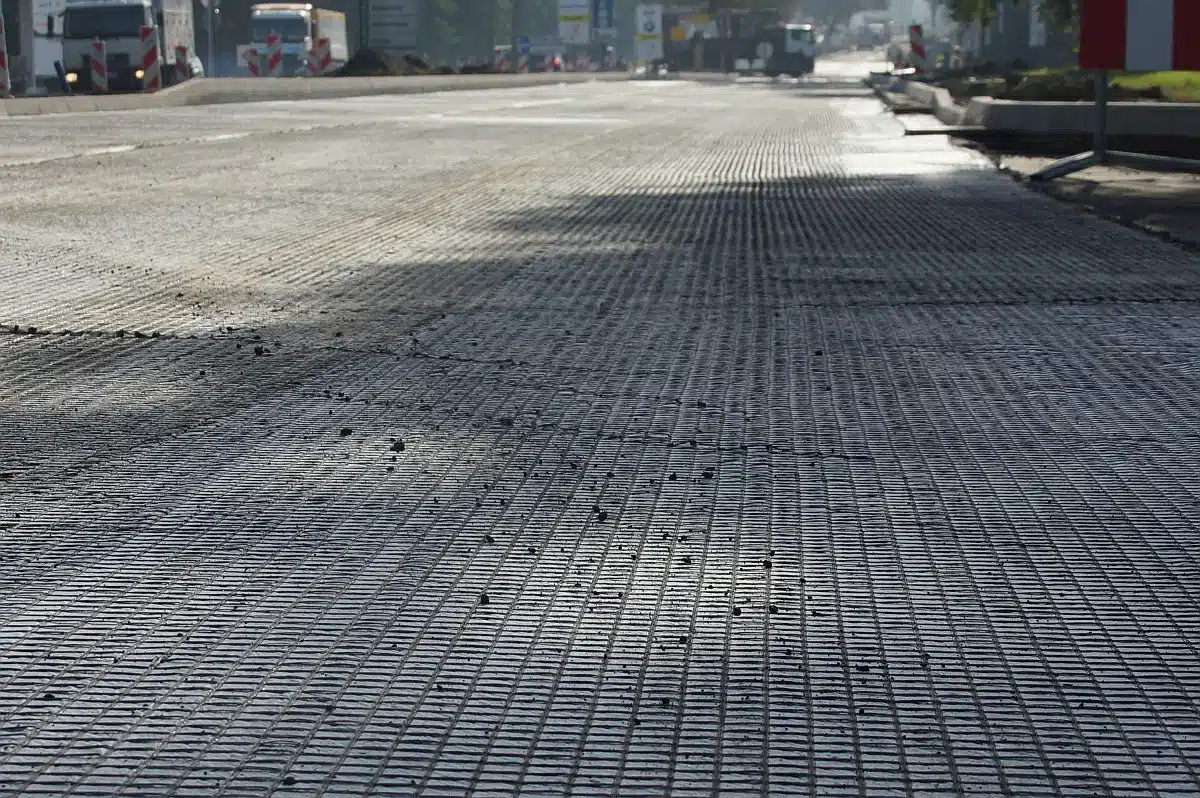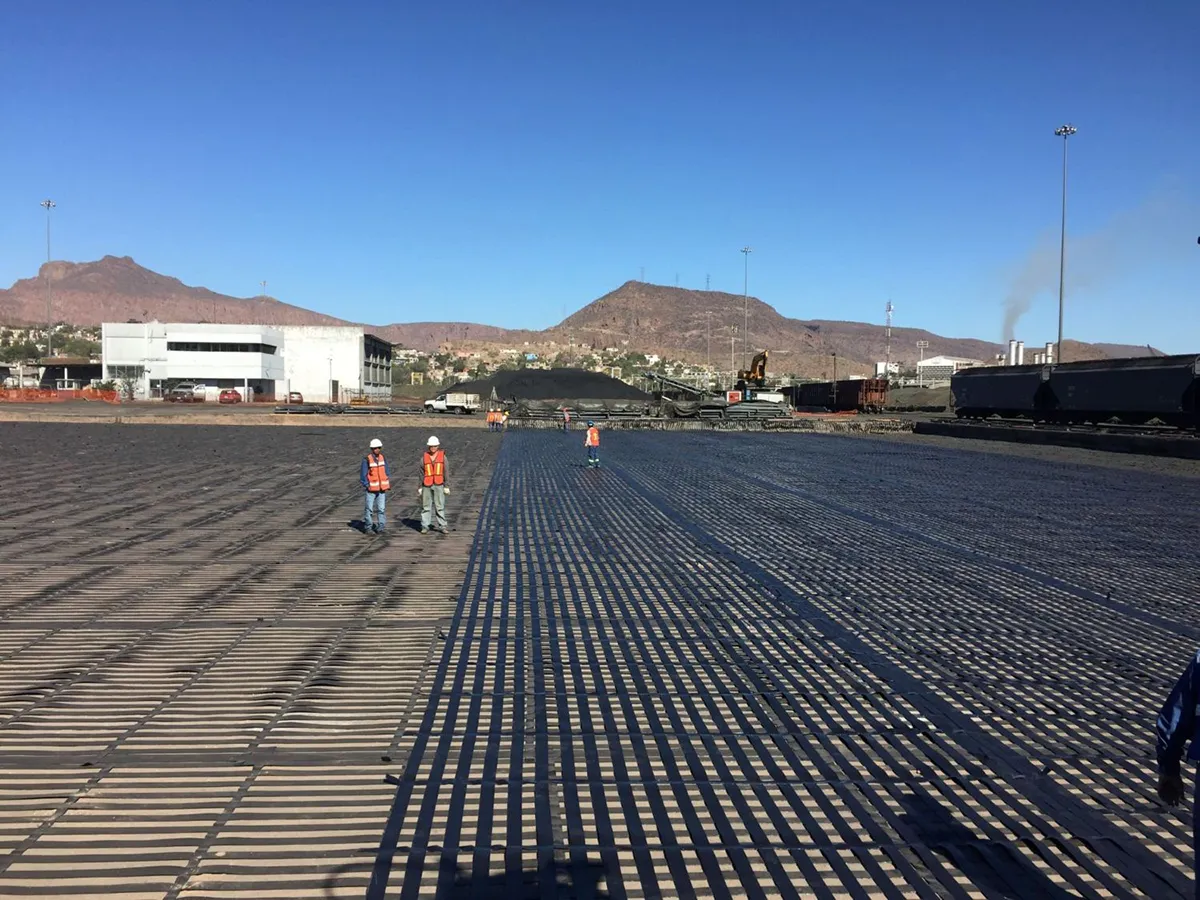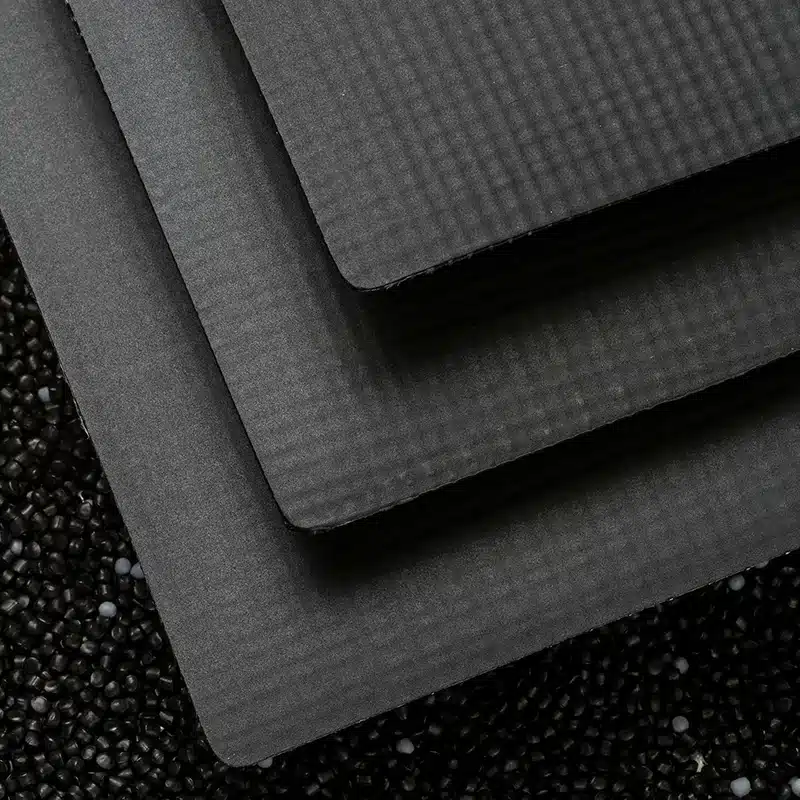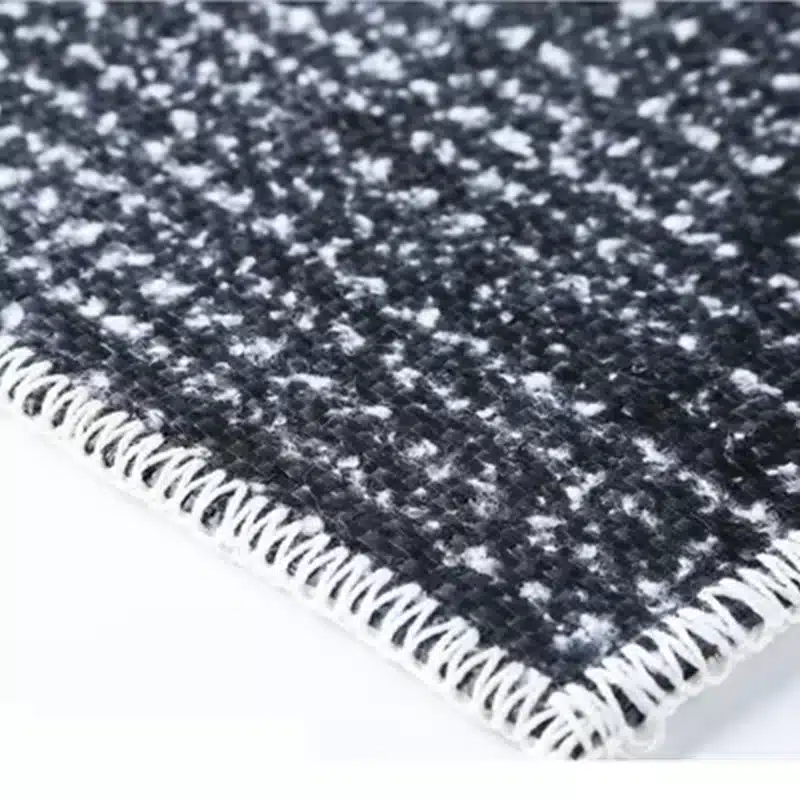+86-159 9860 6917
info@geofantex.com
geofantex@gmail.com
+86-400-8266163-44899
In the realm of civil engineering and construction, the term “geosynthetic strain” often surfaces, highlighting the critical role these materials play in reinforcing, protecting, and enhancing the durability of infrastructure projects. Geosynthetics, a broad category encompassing various synthetic products used in geotechnical engineering and construction, is pivotal in addressing challenges such as soil stabilization, erosion control, and drainage. This article aims to demystify the concept of geosynthetic reinforcement by exploring its definition and examining the pull-out resistance, tensile strength, and grab tensile strength of these innovative materials.

What is Geosynthetic Reinforcement?
Geosynthetic reinforcement refers to the use of geosynthetic materials to enhance the mechanical properties of soil and other construction materials. These materials are primarily used to improve the stability, load-bearing capacity, and durability of soil structures. The primary purposes of geosynthetic reinforcement include the stabilization of slopes, reinforcement of retaining walls, and enhancement of the load-bearing capacity of roads and foundations.
The materials used in geosynthetic reinforcement typically include polymers such as polypropylene, polyester, or polyethylene. These are formed into various products like geogrids, geotextiles, and geomembranes. Each of these products has unique properties and is selected based on the specific requirements of a project.
In construction and civil engineering, geosynthetic materials are widely applied in projects such as:
- Road construction: where they are used to distribute loads and reduce rutting and subsidence.
- Retaining structures: where geogrids help in holding back earth under large loads.
- Erosion control: using geotextiles to prevent soil erosion in areas susceptible to water flow and other erosive forces.
- Landfill construction: where geomembranes are used to line and cover waste to prevent contamination.
Geosynthetic reinforcement offers a cost-effective, durable, and versatile solution that can significantly improve the longevity and safety of various civil engineering structures.
What is the Pull-Out Resistance of Geosynthetics?
Pull-out resistance is a crucial property of geosynthetics, materials like geotextiles, geomembranes, and geogrids used in civil engineering projects. It refers to the ability of geosynthetics to resist the force exerted to pull them out from soil or other particulate material, a key factor in the stability of structures like retaining walls, embankments, and erosion control systems.
Measurement of Pull-Out Resistance
Pull-out resistance is typically measured using standardized tests that simulate the conditions under which the geosynthetic will be utilized. This involves burying a section of the material in a controlled soil environment and applying a gradual force to pull it out. Instruments measure the force required to initiate and sustain the movement of the geosynthetic within the soil, providing a quantitative value for pull-out resistance.
Factors Influencing Pull-Out Resistance
Several factors can affect the pull-out resistance of geosynthetics:
- Type of Geosynthetic: Different materials (geotextiles, geomembranes, geogrids) and their structural properties affect pull-out resistance.
- Soil Characteristics: The type of soil, its density, moisture content, and particle size can significantly impact resistance levels.
- Installation Conditions: The depth at which the geosynthetic is buried, the compaction of the soil around it, and the presence of moisture all influence pull-out resistance.
- Load and Stress Distribution: The manner in which load and stress are applied impacts how the geosynthetic interacts with the soil.
Importance in Geotechnical Engineering
The pull-out resistance of geosynthetics is critical for ensuring the stability and longevity of various geotechnical applications. It helps engineers design structures that can withstand environmental stresses and loading conditions, preventing failure due to slipping or tearing of the geosynthetic materials. Proper assessment of pull-out resistance allows for the optimized selection and placement of geosynthetics in project designs, ensuring safety and functionality.
This property is integral to successful geotechnical solutions, influencing design decisions and the overall effectiveness of geosynthetic applications in civil engineering projects.

What is the Tensile Strength of Geosynthetics?
Geosynthetics, widely used in geotechnical engineering, are materials made from synthetic products such as polypropylene, polyester, or polyethylene. The tensile strength of geosynthetics is a critical property that determines how well these materials can resist being pulled apart under tension. It is crucial for their performance in applications like soil reinforcement, erosion control, and stabilization of structures.
Measurement: The tensile strength of geosynthetics is typically measured using a standardized test, such as ASTM D6637 in the United States. In this test, a strip of the geosynthetic material is subjected to a uniaxial tension until it breaks. The maximum load it withstands is recorded as its tensile strength.
Significance: In geotechnical applications, the tensile strength of geosynthetics contributes to their ability to distribute loads over a larger area, thereby enhancing the stability and durability of civil engineering structures like roads, embankments, and retaining walls. High tensile strength is especially important in areas subjected to high stresses, such as steep slopes or under heavy loads.
Influencing Factors: Several factors can influence the tensile strength of geosynthetics:
- Material Composition: Different synthetic fibers have varying properties. For instance, polyester might offer better UV resistance and strength over time compared to polyethylene.
- Manufacturing Process: The method of producing the geosynthetic, such as weaving, knitting, or bonding, can affect its strength.
- Environmental Conditions: Exposure to UV light, chemicals, and biological agents can degrade the material over time, reducing its tensile strength.
- Physical Damage: During installation, mechanical damage can also reduce the effectiveness and strength of geosynthetics.
Understanding these aspects helps in the appropriate selection and use of geosynthetics in engineering projects, ensuring longevity and effectiveness in their application.
What is the Grab Tensile Strength of Geotextile?
The Grab Tensile Strength of geotextile refers to its resistance to tensile forces when subjected to a particular test method known as the grab test. In this test, a specimen of geotextile is clamped within the jaws of a machine and pulled apart until it ruptures. This property is crucial in geotechnical engineering because it indicates the material’s ability to withstand stretching forces, which is important in applications such as soil stabilization, drainage, and erosion control. Factors influencing Grab Tensile Strength include the type of polymer used, manufacturing method, and environmental conditions during installation and use.
Geosynthetics play a pivotal role in modern construction and civil engineering, offering solutions to enhance the mechanical properties of soils and other materials. Understanding the nuances of geosynthetic reinforcement, including the pull-out resistance, tensile strength, and grab tensile strength, is essential for selecting the appropriate materials for specific applications. These properties ensure that geosynthetics can effectively distribute loads, improve stability, and extend the lifespan of infrastructure projects, making them invaluable in the construction industry. As we continue to push the boundaries of engineering and construction, the innovative use of geosynthetics will undoubtedly remain at the forefront of developing sustainable, durable, and efficient structures.



Get Free Sample
We’ll respond as soon as possible(within 12 hours)






















